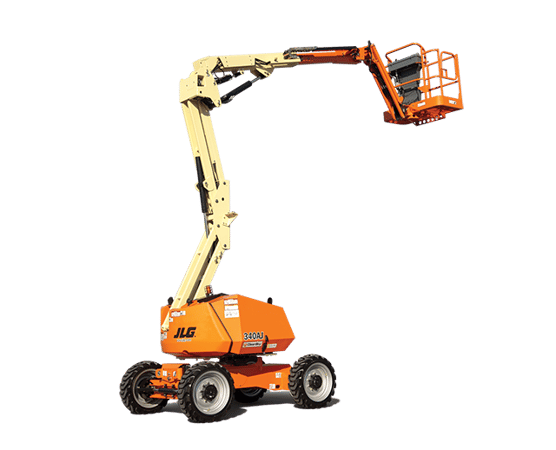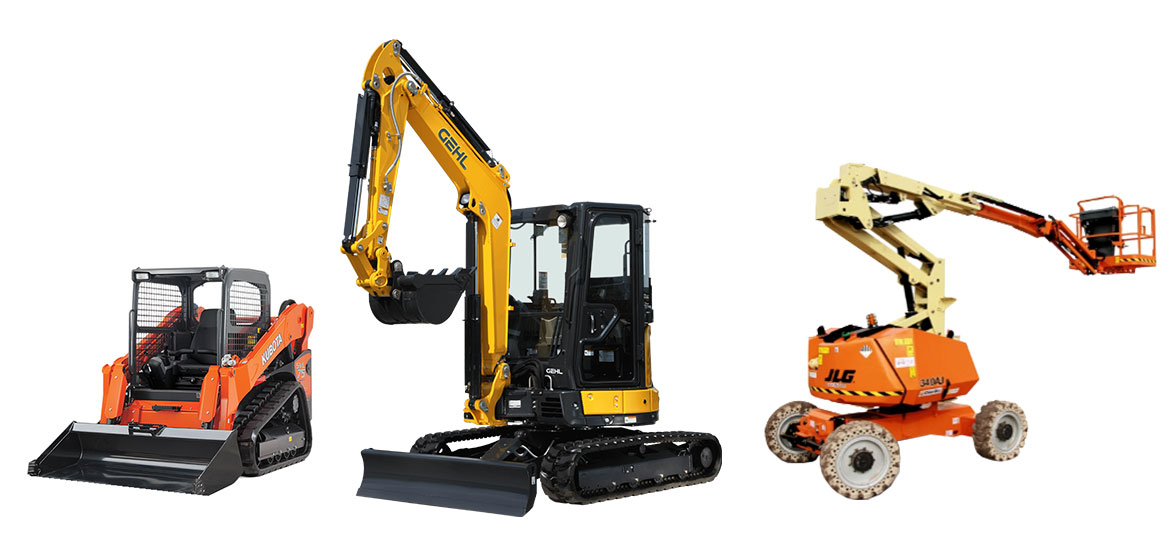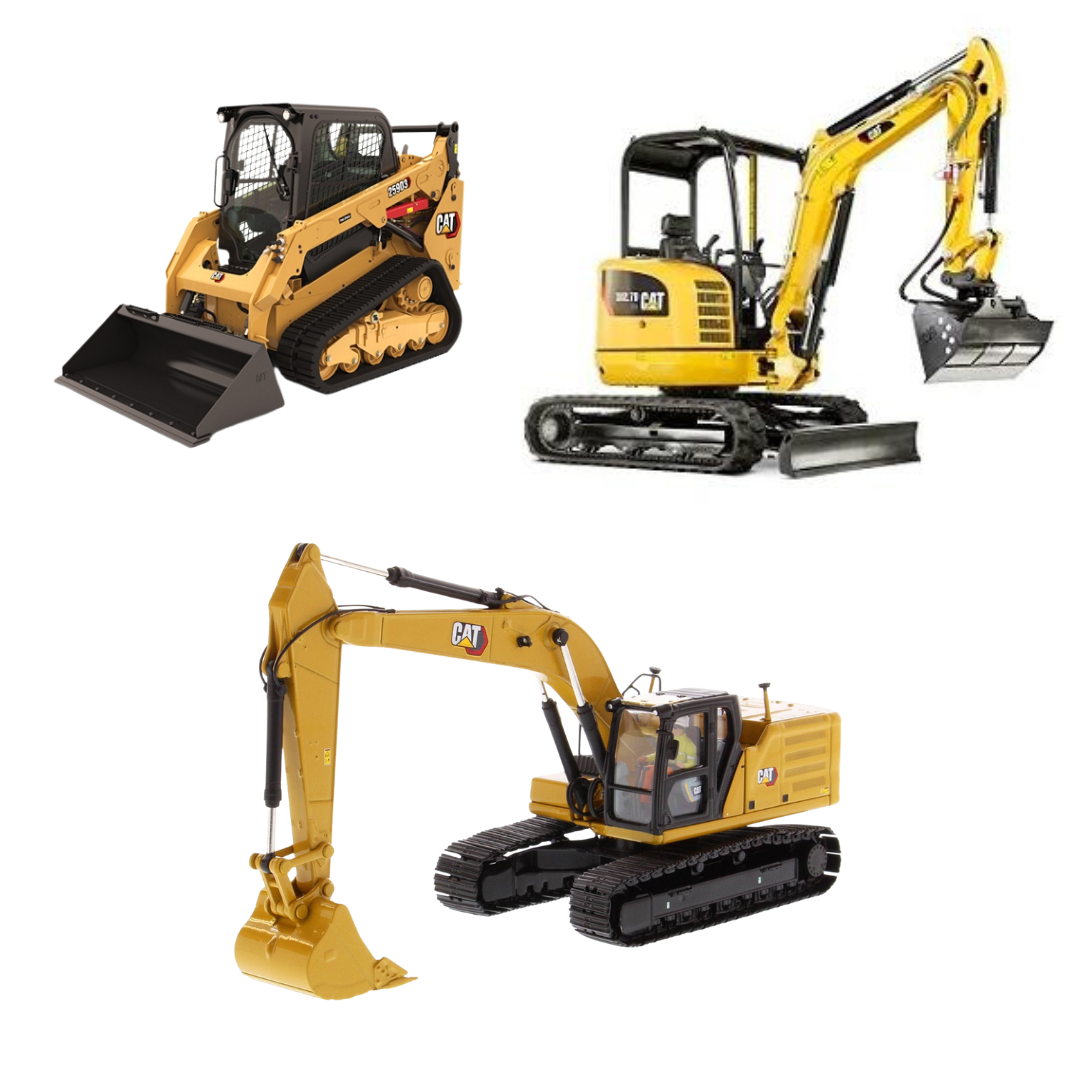Aerial Lift Rental: Versatile Training Solutions for High-Access Jobs
Aerial Lift Rental: Versatile Training Solutions for High-Access Jobs
Blog Article
Optimize Your Budget Plan by Understanding the Prices Related To Building Tools Services
Comprehending the complete scope of expenses associated with building and construction equipment rentals is essential for optimizing your budget plan. What strategies can be employed to efficiently handle these costs and guarantee a much more effective rental experience?
Summary of Rental Costs
When considering building and construction tools rentals, understanding the connected costs is paramount for effective budgeting and job preparation. Rental prices can differ considerably based on several variables, including equipment type, duration of service, and place. The preliminary rental fee commonly mirrors the tools's market demand and its linked operational capacities, affecting the overall expenditure.
Along with the base rental price, supplementary costs may emerge, such as transport costs, gas surcharges, and upkeep fees. It is essential to make up these additional costs to accurately examine the total cost of renting out tools. Furthermore, the rental period can affect prices; longer services may get affordable prices, while temporary leasings may sustain higher day-to-day costs.

Break Down of Rental Rates
An extensive understanding of rental rates is vital for service providers and task managers aiming to enhance their budget plans. Rental prices for building and construction tools typically consist of numerous components, consisting of base prices, time-based charges, and use fees.
Base prices are the core fees connected with the leasing of the tools, frequently determined by the kind and size of the equipment. These prices can differ significantly, affected by aspects such as tools need, accessibility, and regional market patterns. Time-based charges, which might be daily, weekly, or monthly, serve to suit different job timelines and rental periods.
Furthermore, rental rates might consist of usage fees, which apply when equipment is utilized past a specified threshold, making sure that the rental company can make up deterioration. Seasonal demand variations can additionally influence rental prices, with peak building periods normally regulating higher rates.
Furthermore, recognizing the rental business's policies pertaining to maintenance and insurance coverage can give further insight into the total cost structure. By assessing these components, specialists can make enlightened decisions, making sure the choice of rental equipment lines up with both task demands and budget plan restraints.
Added Costs to Consider
Recognizing the ins and outs of extra charges is critical for specialists to handle their overall service expenses effectively. Past the conventional rental prices, numerous supplementary fees can significantly impact the complete cost of devices rental. These charges usually consist of shipment and pick-up fees, which can vary based upon distance and logistics associated with carrying the devices to and from the job site.
Moreover, some rental business might enforce fuel surcharges if the tools is returned with much less gas than when leased. It is also important to be aware of possible cleaning fees, particularly for customized equipment that calls for complete maintenance after use.

Completely examining the rental contract and clearing up these extra charges upfront can aid professionals avoid unexpected expenses and guarantee that budgets stay intact throughout the project lifecycle.
Repair And Maintenance Costs
Normal maintenance and repair service expenses are often ignored elements that can significantly affect the general price of construction equipment services. When leasing tools, it is vital to think about not only the rental costs however also the prospective expenses connected with keeping the equipment in ideal operating problem.
Numerous rental firms include standard upkeep as part of the rental contract; however, extra unforeseen break downs or extensive fixings can result in extra expenditures. It's necessary to examine the rental contract meticulously to understand what upkeep solutions are covered and what obligations drop on the occupant.
Moreover, devices that is not well-maintained can bring about ineffectiveness on duty site, potentially triggering hold-ups and enhancing project costs. To alleviate these dangers, it is recommended to conduct routine evaluations and preserve open interaction with the rental supplier regarding any type of concerns that emerge during usage.
Insurance Policy and Liability Prices
Insurance policy and obligation costs are vital parts that can significantly affect the total expenditure of construction tools services (forklift rental). These expenses guarantee that both the rental company and the client are safeguarded from possible financial losses occurring from accidents, damages, or burglary during the rental period

Furthermore, clients ought to understand any kind of deductibles or exemptions in the insurance policy, as these can affect possible out-of-pocket costs. Comprehending the terms and conditions of any kind of insurance policy coverage is essential to stay clear of unexpected prices. Ultimately, budgeting for insurance and responsibility expenditures can assist guarantee a smoother rental experience and safeguard versus monetary dangers connected with building and construction tasks.
Verdict
In final thought, a comprehensive understanding of the costs linked with building tools services is vital for effective spending plan monitoring. Inevitably, educated decision-making relating to devices services adds to the total success of building endeavors.
Rental costs can differ dramatically based on a number of factors, including tools kind, period of leasing, and area (dozer rental). The rental period can affect pricing; longer leasings might certify for affordable prices, while short-term rentals could sustain higher everyday fees
By conducting comprehensive research and engaging with trusted rental companies, specialists can successfully navigate the complexities of rental pricing, eventually maximizing their monetary resources.
Beyond the common rental prices, click resources different extra fees can dramatically impact the overall price of tools rental. Rental firms typically give liability insurance coverage that covers injuries to 3rd events or damage to residential property, while equipment damage insurance can cover the expense of repair services or substitute if the rented out tools is damaged.
Report this page